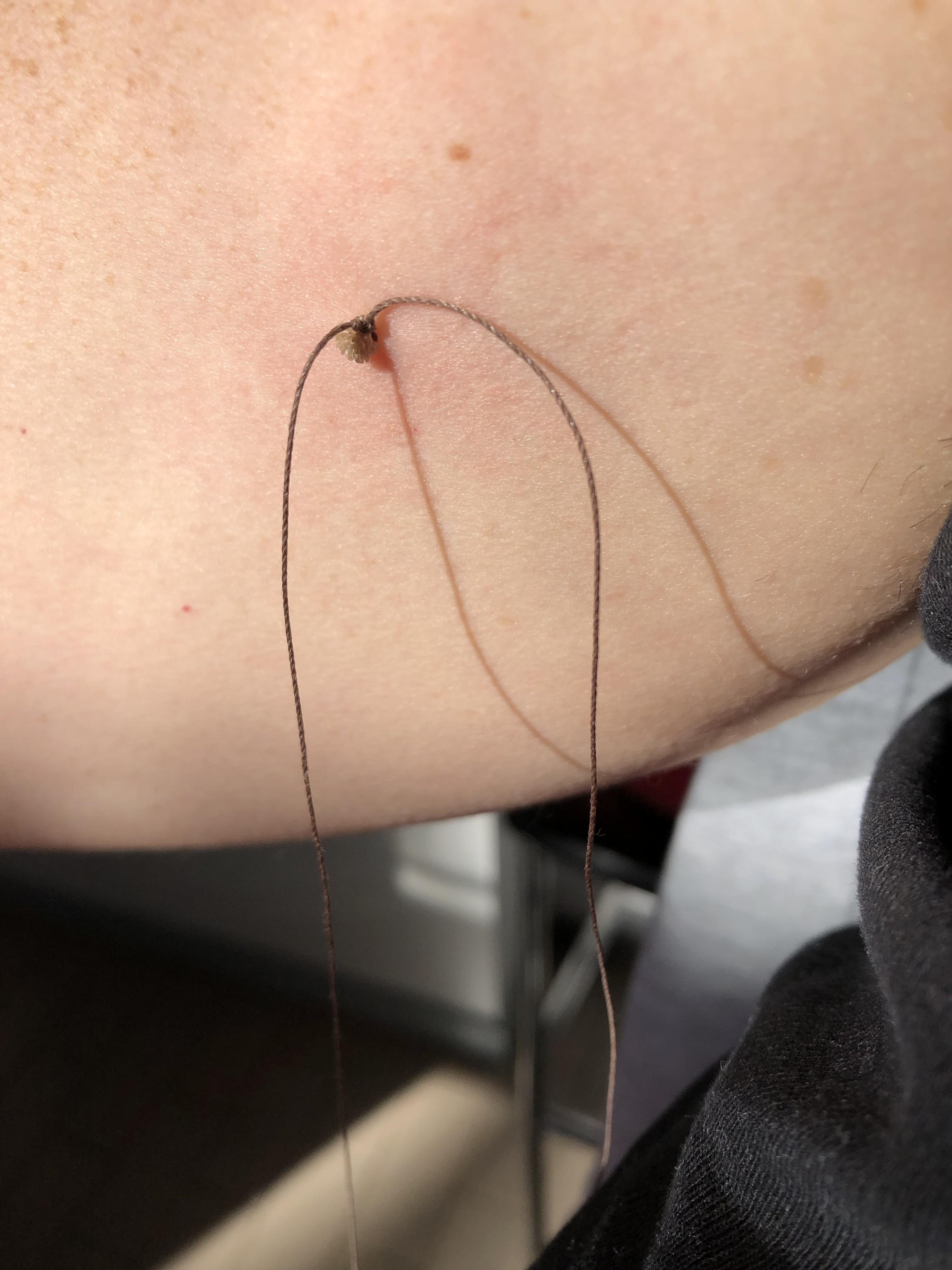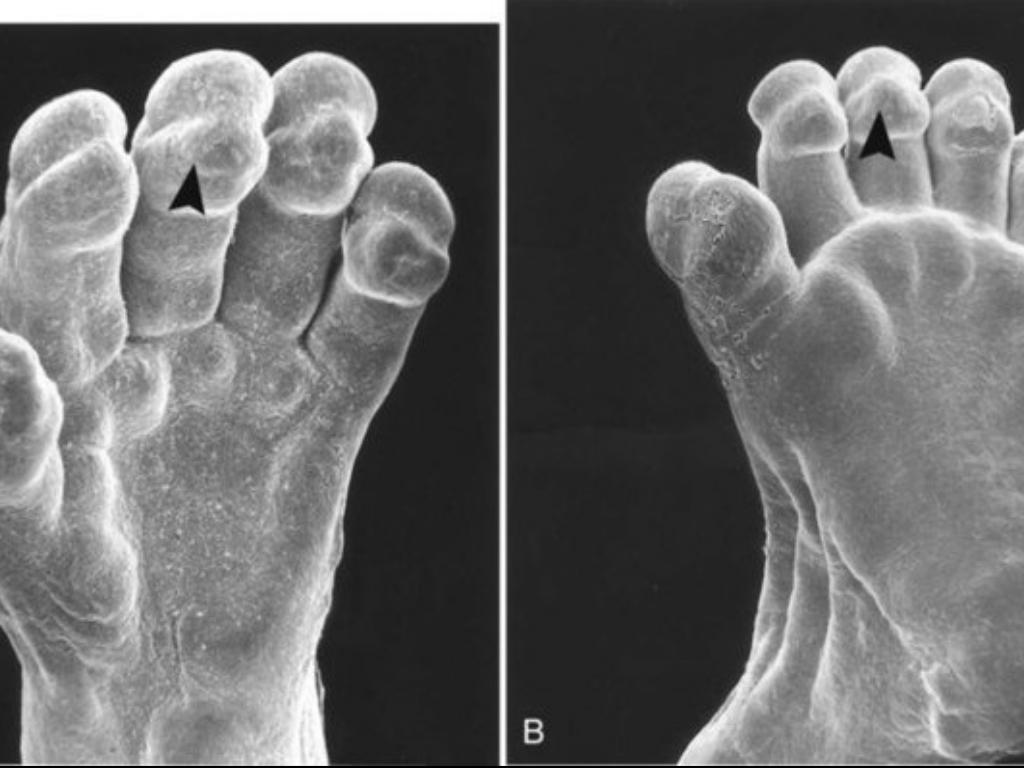What is a Skin Tag?
- Medically known as acrochordons, skin tags are small, soft growths that hang off the skin.
- They are made of collagen fibers, blood vessels, and skin, and they can vary in size.
- Skin tags are more common in areas where skin rubs against skin, which is why they frequently appear in the armpits, groin, and neck.
When to Consult a Dermatologist
Not all skin growths are benign, so it’s essential to consult a dermatologist before attempting to remove a skin tag. A professional evaluation ensures that the growth is indeed a skin tag and not something more serious, like a wart or a type of skin cancer. Dermatologists can provide personalized advice and recommend the safest removal methods based on your skin type and the tag’s location.
Safe At-Home Removal Methods
If a dermatologist confirms that your growth is a harmless skin tag, there are several safe at-home removal methods you can consider. Here are some of the most commonly recommended techniques:
Over-the-Counter Solutions

- Many pharmacies offer skin tag removal kits that include topical solutions or adhesive patches. These products usually contain ingredients such as salicylic acid or tea tree oil, which can help dry out and eventually remove the tag.
- How to Use:
- Clean the area around the skin tag.
- Apply the solution or patch as directed by the product’s instructions.
- Repeat these steps until the skin tag falls off, which can take several days to weeks.
String or Floss Method

- This method involves tying a string or dental floss tightly around the root of the skin tag to cut off its blood supply. Without blood flow, the tag will eventually wither and fall off.
- How to Use:
- Sterilize the string or floss and the area around the skin tag.
- Tie the string or floss around the base of the skin tag as tightly as possible without causing significant pain.
- Leave the string or floss in place, checking it daily to ensure it remains tight.
- The skin tag should fall off within a week or two.
Freezing (Cryotherapy)

- Cryotherapy kits, available over the counter, use liquid nitrogen to freeze the skin tag, gradually causing it to fall off.
- How to Use:
- Clean the area around the skin tag.
- Apply the freezing agent directly to the skin tag according to the product’s instructions.
- The skin tag should fall off within a few days after the treatment.
Professional Removal Methods
For those who prefer not to remove skin tags at home, or for tags located in sensitive areas, professional removal is the safest option. Dermatologists offer several effective and minimally invasive techniques:
Excision:

- This involves cutting off the skin tag with a scalpel or surgical scissors.
- Procedure:
- The area is sterilized and numbed with a local anesthetic.
- The dermatologist carefully snips off the skin tag.
- The wound is then cleaned, and a bandage is applied if necessary.
Cauterization

- This method uses heat to burn off the skin tag.
- Procedure:
- The area is cleaned and numbed.
- A device delivers a controlled electric current to the skin tag, burning it off.
- This method also helps to minimize bleeding.
Cryotherapy

- Similar to the at-home method but more precise and effective when performed by a professional.
- Procedure:
- The dermatologist applies liquid nitrogen to freeze the skin tag.
- The tag typically falls off within a few days post-treatment.
Laser Removal

- A focused beam of light is used to remove the skin tag.
- Procedure:
- The area is sterilized and numbed.
- A laser is directed at the skin tag, effectively removing it without significant bleeding.
Post-Removal Care
Regardless of the method used to remove a skin tag, proper aftercare is crucial to prevent infection and promote healing:
- Keep the Area Clean:
- Clean the site of treatment with mild soap and water daily.
- Apply an antiseptic ointment to prevent infection.
- Avoid Irritation:
- Avoid scratching or picking at the area.
- Wear loose clothing to reduce friction.
- Monitor for Signs of Infection:
- Watch for redness, swelling, or discharge. If any of these occur, contact a healthcare provider.
When to Seek Medical Help
While skin tag removal is generally safe, complications can occur. Seek medical attention if you experience:
- Severe pain or bleeding.
- Signs of infection (redness, swelling, pus).
- The growth of new or unusual skin lesions.
Prevention Tips
Although it’s not always possible to prevent skin tags, especially if you’re genetically predisposed, there are some strategies to minimize their occurrence:
Maintain a Healthy Weight

- Excess weight can cause skin folds, increasing the likelihood of skin tags.
Reduce Friction
- Wear clothing that minimizes skin friction.
- Use powder in areas prone to rubbing, like the groin or underarms.

Regular Skin Checkups

- Regularly examine your skin and consult a dermatologist for any new growths or changes.
Conclusion
Removing skin tags safely requires a careful approach and, ideally, professional guidance. Whether you choose an at-home method or opt for professional removal, the key is to ensure the method is appropriate for your specific situation. Always prioritize your safety and consult with a dermatologist to confirm that the growth is a benign skin tag and to receive tailored advice for removal and aftercare. By following these guidelines, you can safely address skin tags, improving both your comfort and appearance.




